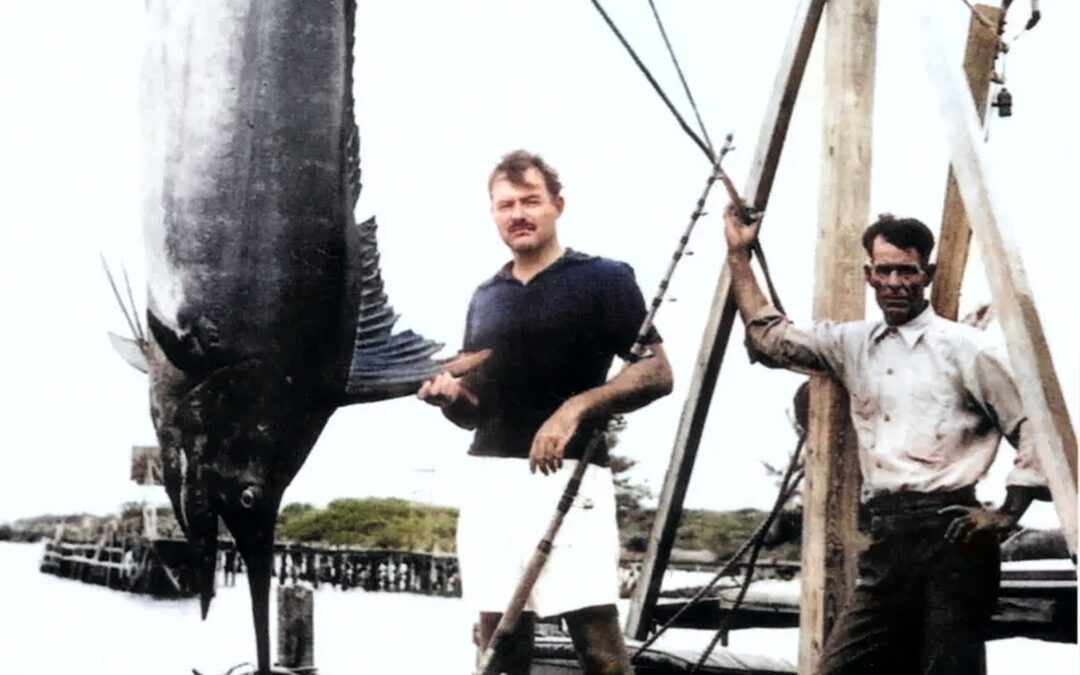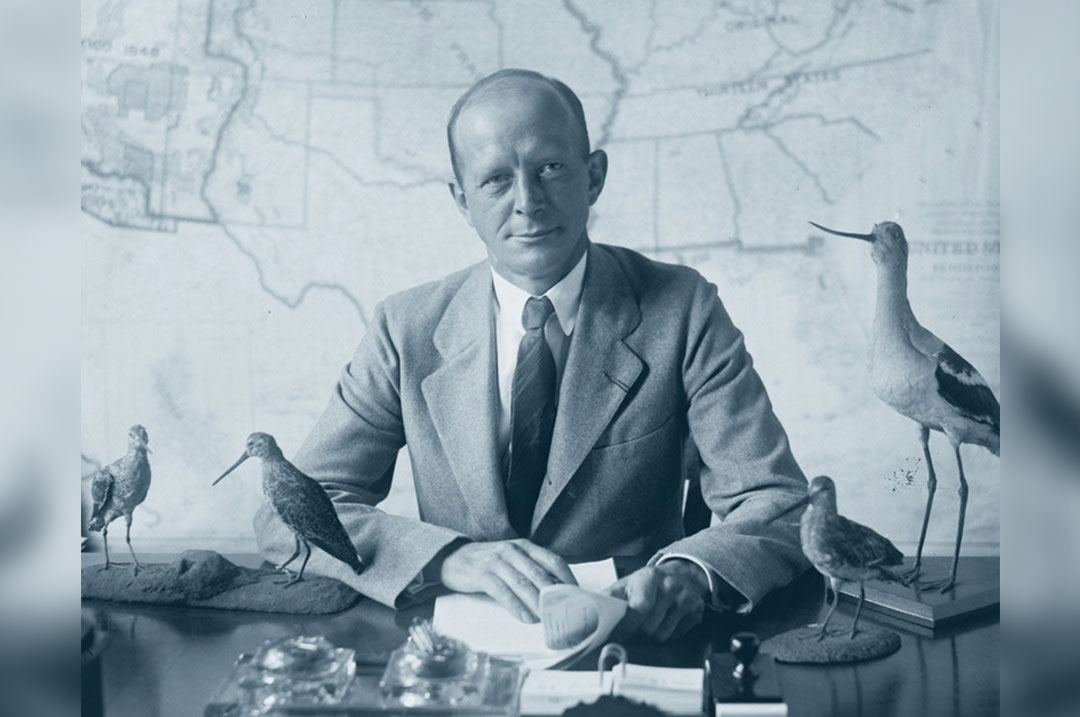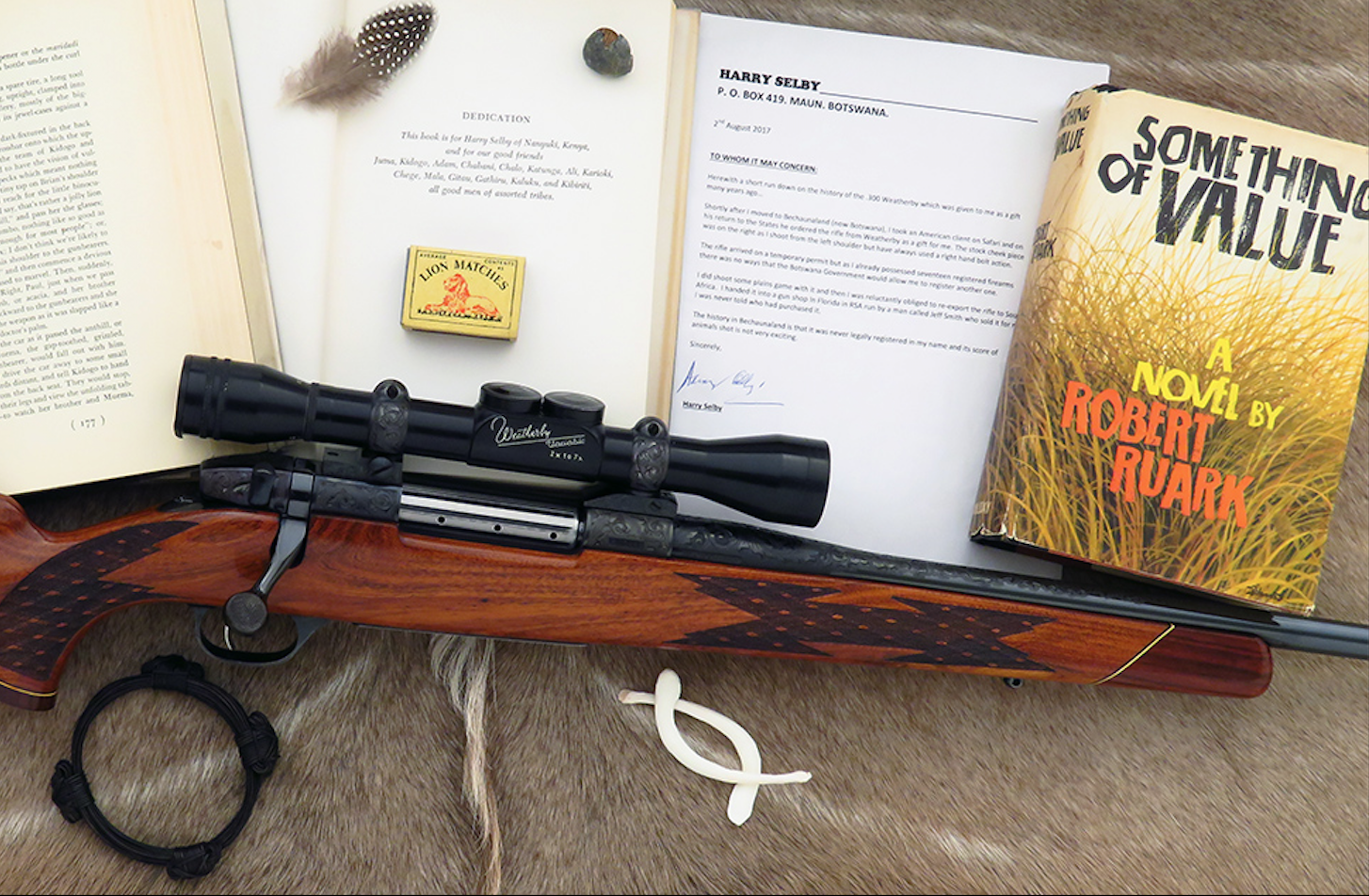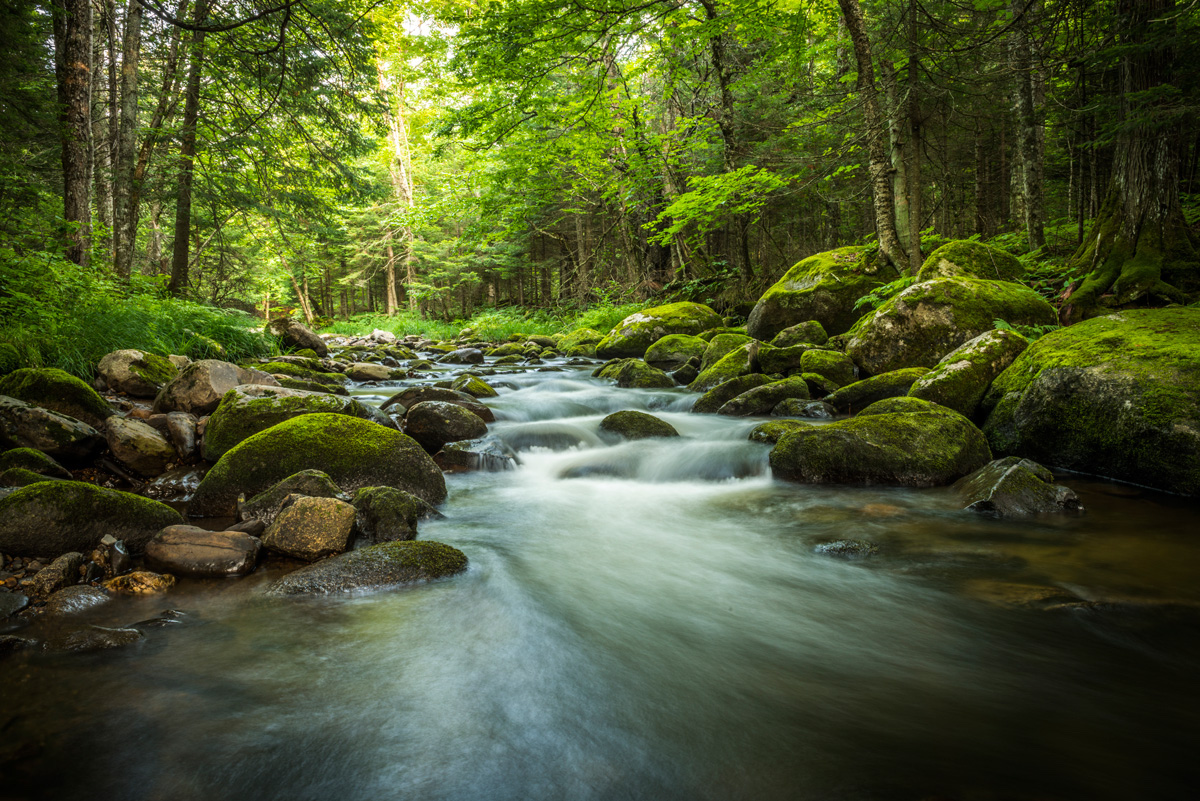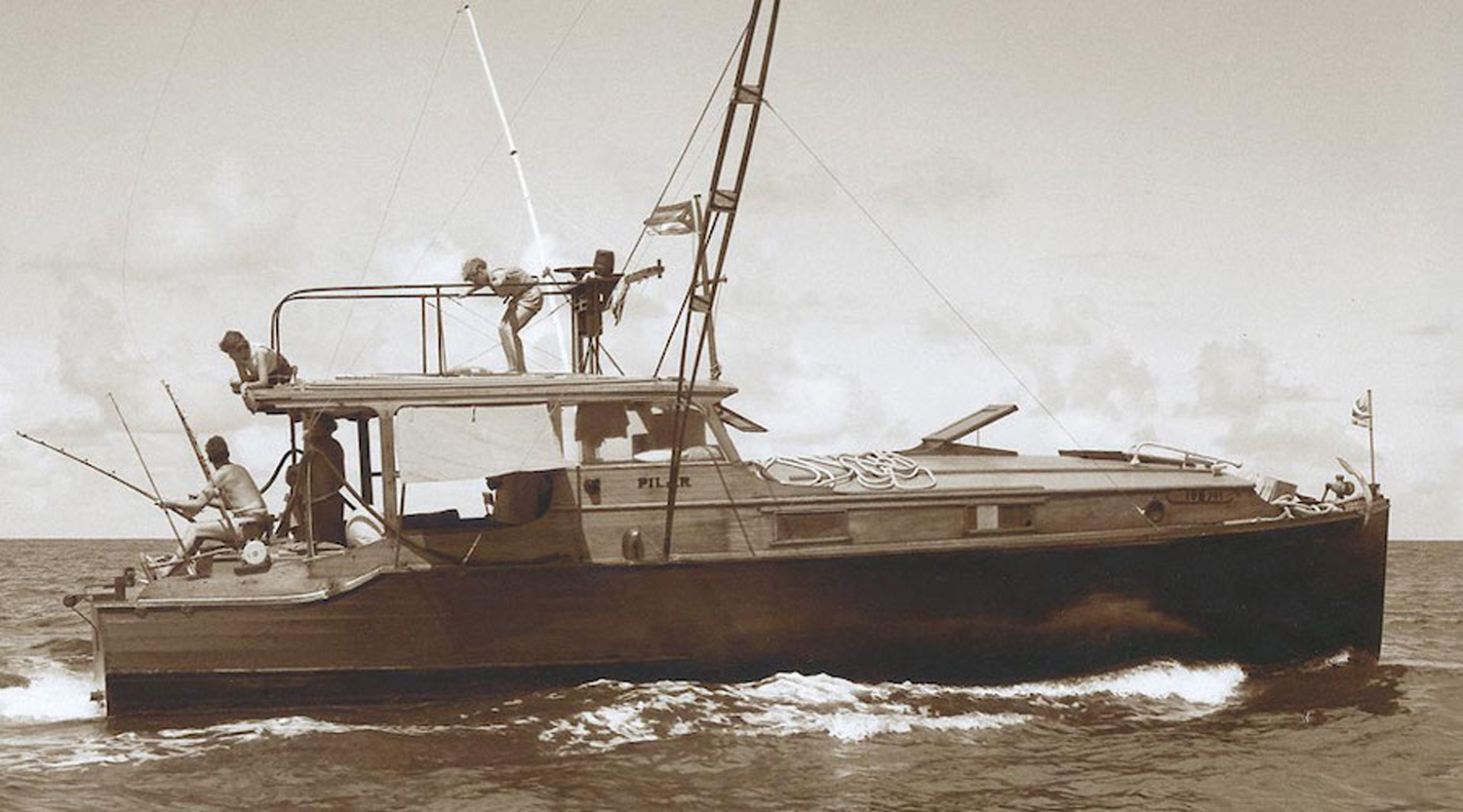
Hemingway was far from famous in those days, just another pick-and-shovel writer, four books out and publishing credits in major magazines. For Whom the Bell Tolls, the book that would write his ticket, was still four years and a Spanish Civil War away. Hemingway bummed money from his soon to be ex in-laws and pawned articles he had not yet written to the editor of Esquire magazine.
That unlikely deal made history. First out of Key West, Bimini and later Havana, Hemingway battled sailfish, tuna and marlin aboard Pilar, but especially sharks, which cut up his fish at every opportunity. Here was a man who would not write what he did not know and he learned a lot sliding around the aft deck of Pilar. The Old Man and the Sea, the saga of the poor Cuban fisherman with a giant marlin hooked up and sharks closing in, won the Pulitzer Prize in 1953 and the Nobel the following year.
Islands in the Stream, published posthumously, is a ripping good yarn of Pilar chasing German U-Boats during WWII. The Germans were ambushing tankers out of Venezuela, stopping Cuban fishing boats on the way home, pilfering citrus, the U-Boat crews driven nearly mad with scurvy.
Hemingway already had his “shark medicine,” a 1921 Thompson with a 50-round drum magazine. The embassy in Havana supplied fuel, grenades, satchel charges, whiskey. Pilar was to fish as usual and if accosted by a U-Boat, Papa would clear the check with his Tommy gun. Then an especially recruited Cuban jai-alai star would loft explosives down the open hatches. What might have happened next is open to speculation. Though a submarine was spotted, no close encounter ensued.

Fast forward a dozen years. Hemingway liked Castro, or at least he tried to. They fell out soon enough when Hemingway saw a burly security colonel help Castro at the reel, and then Comrade Presidente Fidel claimed the prize for the biggest fish caught that day. Then somebody shot his dogs.
Hard to tell which offended him worse, but Hemingway, never a man to cut and run, did just that, leaving his toothbrush, toothpaste, unfinished bottles of gin, taxidermy, reams of unpublished typewritten pages and his beloved Pilar.
Hemingway threw the keys to Jose Fuentes, his swarthy barefooted first mate and the model for the heroic fisherman in The Old Man and the Sea. Fuentes lived to 102, was many times trotted out and much celebrated. The Government took the land, house and boat. Plaster fell, papers mildewed and Pilar dry rotted.
But there is an enduring affection for Ernest Hemingway in Cuba. The Cubans, withering under economic sanctions, did the best they could. International help arrived in 2007, when land, house and boat were listed on the World Monuments Fund of 100 Most Endangered sites, and The National Trust for Historic Preservation’s 11 Most Endangered Places. If not completely restored, Pilar is now stabilized and on display at La Finca Vigia, Hemingway’s “lookout farm” outside Havana.
 Hemingway on Fishing is an encompassing, diverse, and fascinating assemblage. From the early Nick Adams stories and the memorable chapters on fishing the Irati River in The Sun Also Rises to such late novels as Islands in the Stream, this collection traces the evolution of a great writer’s passion, the range of his interests, and the sure use he made of fishing, transforming it into the stuff of great literature.
Hemingway on Fishing is an encompassing, diverse, and fascinating assemblage. From the early Nick Adams stories and the memorable chapters on fishing the Irati River in The Sun Also Rises to such late novels as Islands in the Stream, this collection traces the evolution of a great writer’s passion, the range of his interests, and the sure use he made of fishing, transforming it into the stuff of great literature.
From childhood on, Ernest Hemingway was a passionate fisherman. He fished the lakes and creeks near the family’s summer home at Walloon Lake, Michigan, and his first stories and pieces of journalism were often about his favorite sport. Here, collected for the first time in one volume, are all of his great writings about the many kinds of fishing he did—from angling for trout in the rivers of northern Michigan to fishing for marlin in the Gulf Stream. Buy Now

